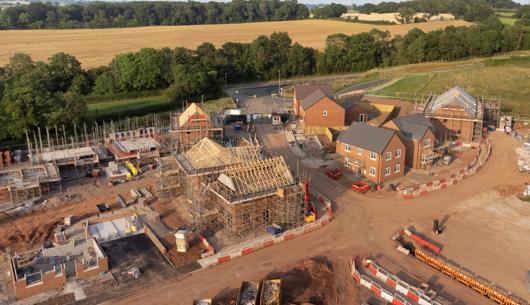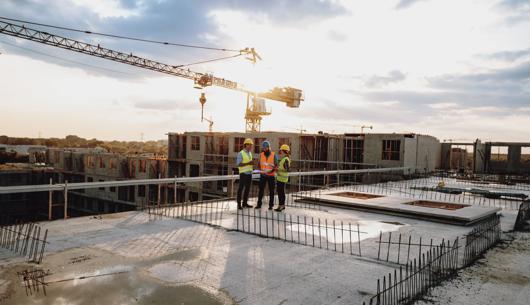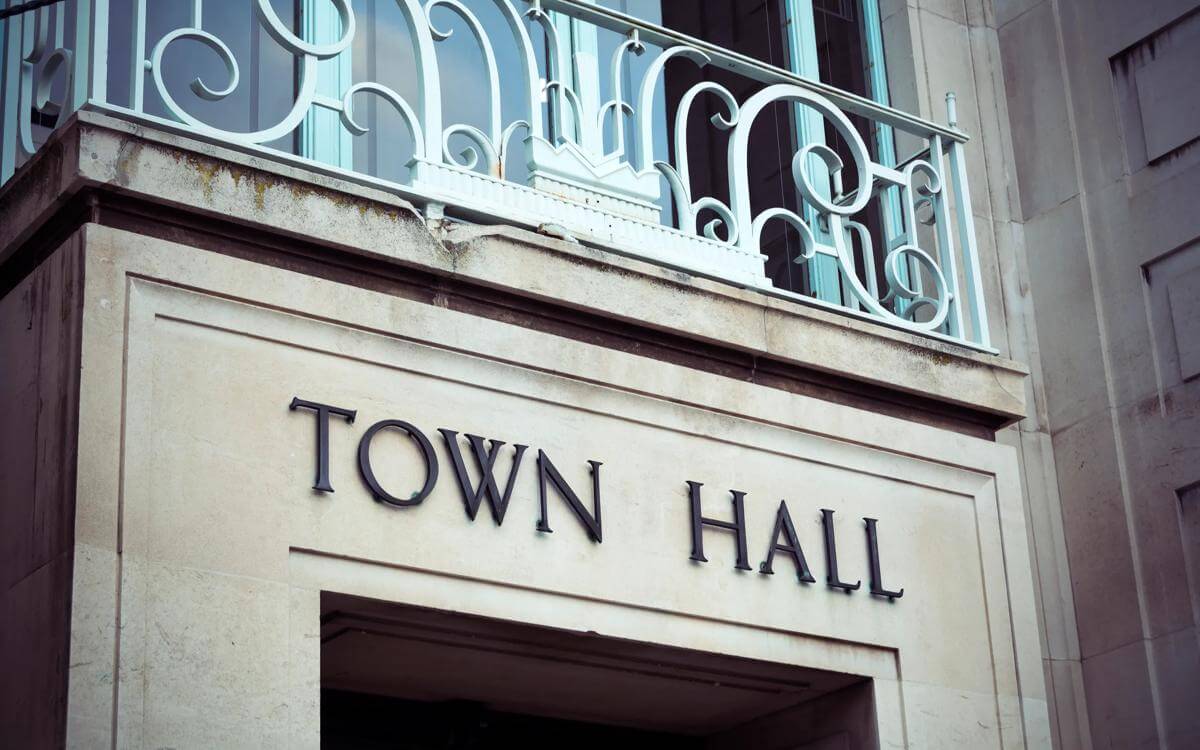In an era where technology pervades every aspect of our lives, the integration of advanced tech solutions into emergency services systems is a critical next step that promises enhanced efficiency, faster response times, and improved outcomes in crisis situations.
However, emergency services largely operate in silos while the health and financial services sectors are moving towards greater sharing of data to improve patient and consumer journeys.
In this article, we make the case for a unified technology platform integrated and capable of operating across the three emergency services: fire, police and ambulance – a tech unified system.
Integrated dispatch
Moving towards a tech-unified system will leverage the power of digital tools to streamline communication, coordination, and operations among various emergency response departments. This would first be experienced by the member of public who currently must decide which emergency service is required. In many crisis situations, often a coordinated response is required from multiple agencies such as in road traffic accidents, fire incidents or terrorism incidents.
A unified dispatch solution can communicate with multiple response teams, allowing for a coordinated response across different agencies and districts.
One of the most significant advantages of a tech-unified emergency services system is the potential for drastically reduced response times. By using advanced dispatch and GPS technologies, emergency units can be deployed faster and with greater accuracy to the location of an incident.
Real-time information sharing
Real-time data sharing allows for immediate assessment and decision-making, which is crucial in life-threatening situations.
A tech-unified system would facilitate seamless communication and data sharing between different services, ensuring that all units are on the same page. For instance, during a large-scale emergency, fire, police, and medical teams can share critical information about the situation in real-time, leading to a more organised and effective response.
Artificial intelligence (AI) would be a helpful facilitator being able to join dots and identify trends at seemingly disparate events at speeds no human can match. AI could help to identify incidents which might be connected, making coordination simpler and the despatch of adequate numbers of resources.
Furthermore, when managing large-scale events or disasters where resources might be stretched thin across a wide area, having real-time visibility into the availability and location of all resources, including personnel and equipment, will allow for optimal resource allocation, ensuring that no time is wasted and resources are not unnecessarily duplicated at the scene.
Analytics and planning
Behind the scenes, the creation of an integrated emergency services platform will allow for better analysis of various types of data including, incident reports, resource availability, and historical data.
Post-incident analysis is crucial for the continuous improvement of emergency response strategies. This analysis will allow the emergency services to better see patterns, predict potential crisis points, and allocate resources more effectively. Moreover, machine learning algorithms can use this data to provide recommendations for action, further increasing the efficiency of the response efforts.
Improved outcomes for citizens
In an increasing volatile world, a converged technology solution across emergency services systems would represent a transformative shift towards more efficient, effective, and coordinated responses to crises.
The benefits of a tech-unified emergency services system - ranging from improved response times and enhanced coordination to better resource management and public safety communication, underscores the critical role that technology plays in modern emergency response frameworks.











































